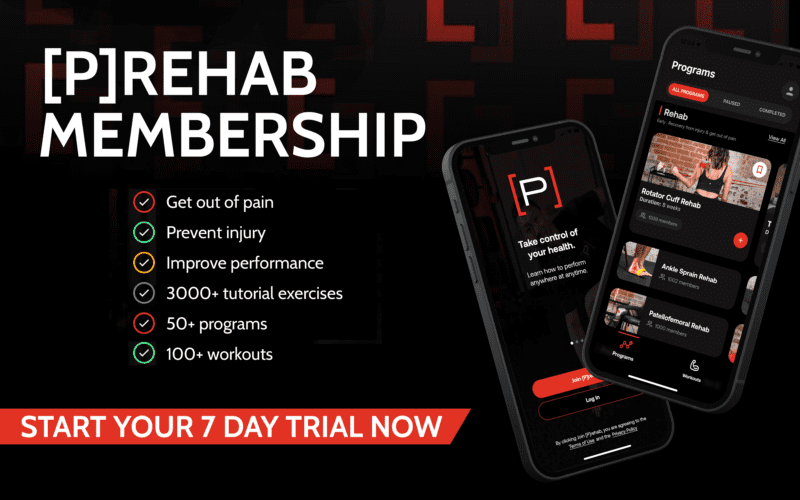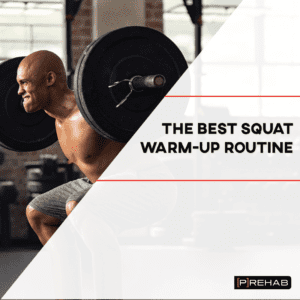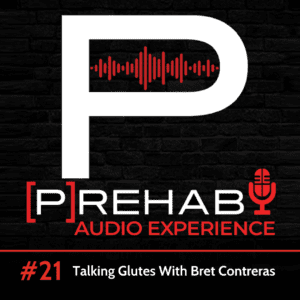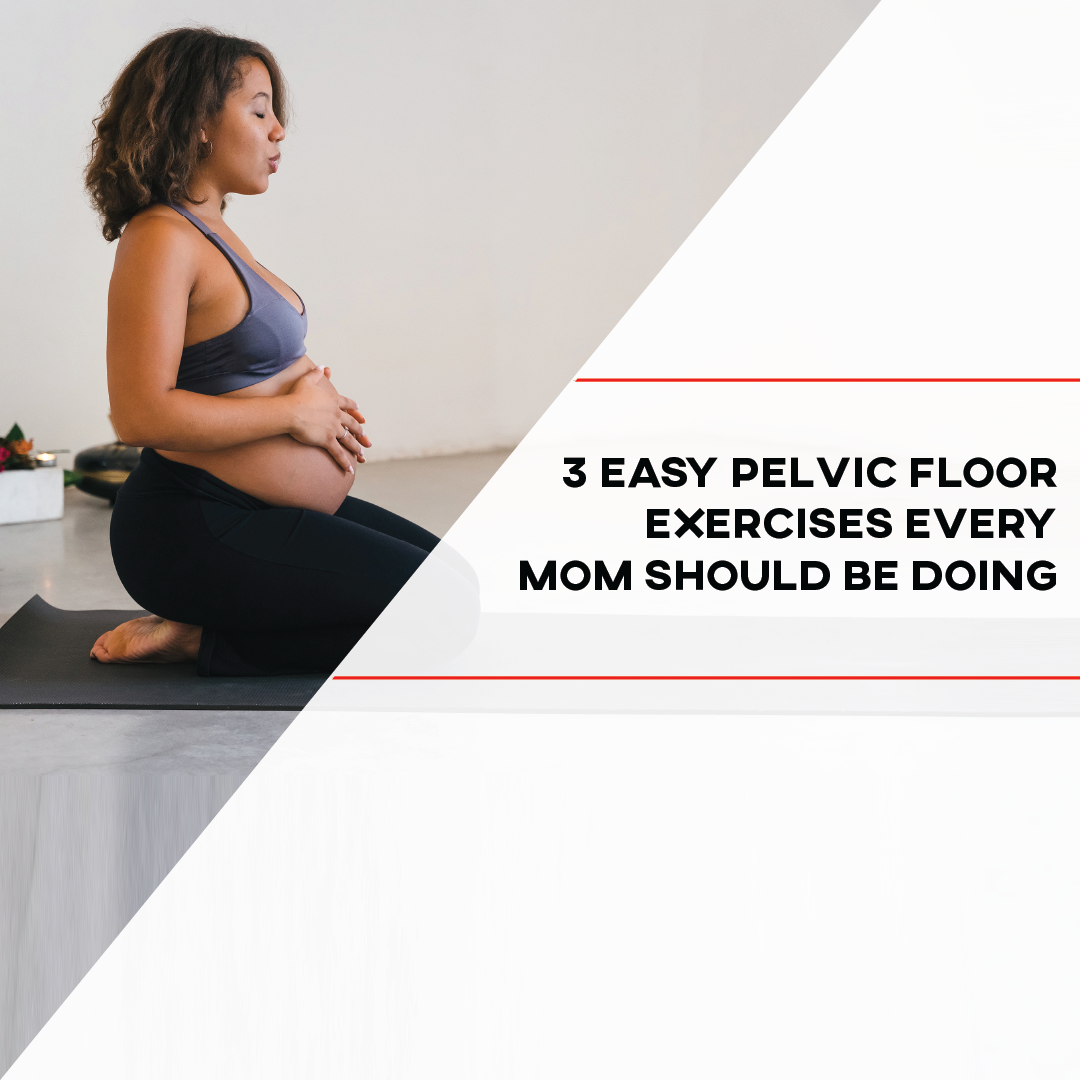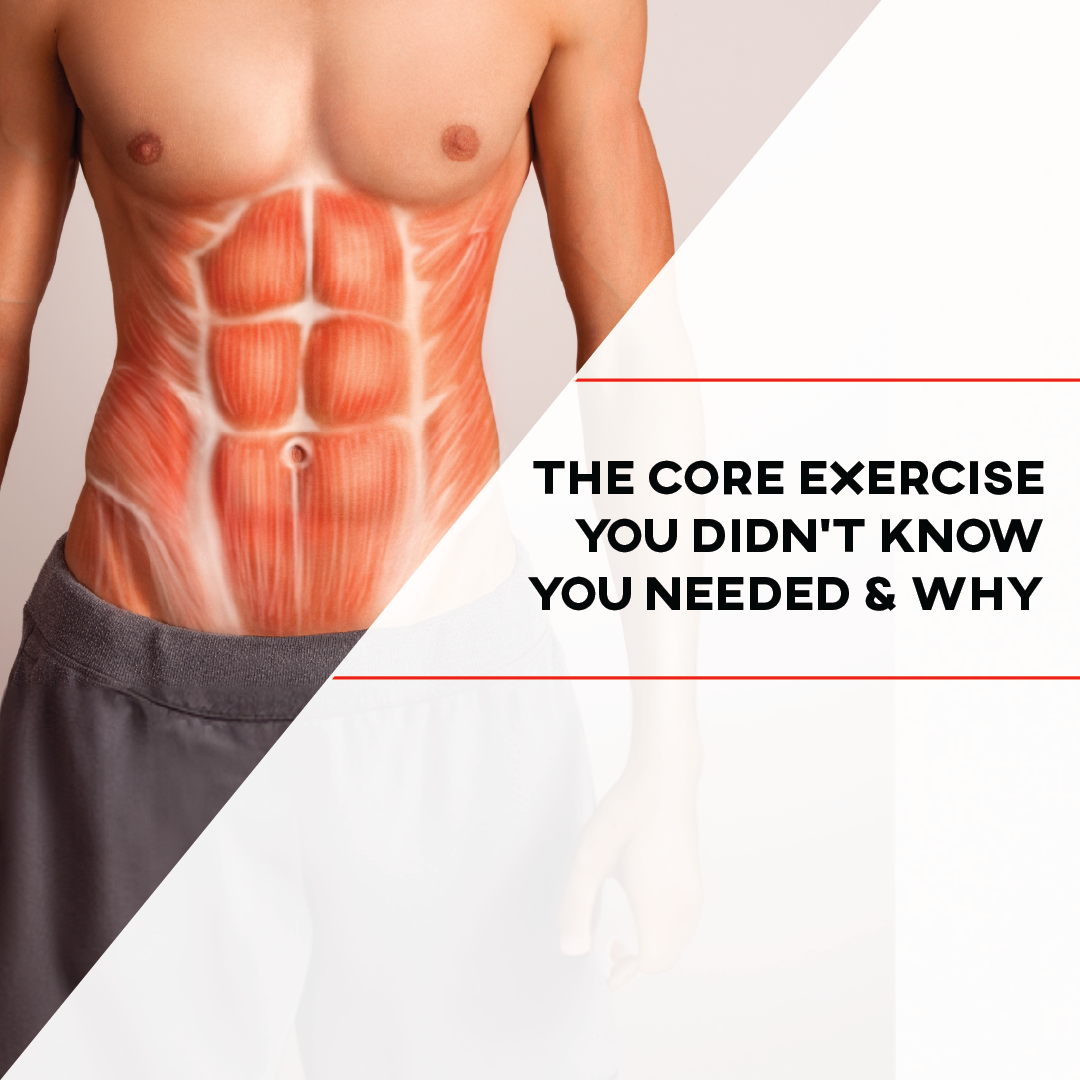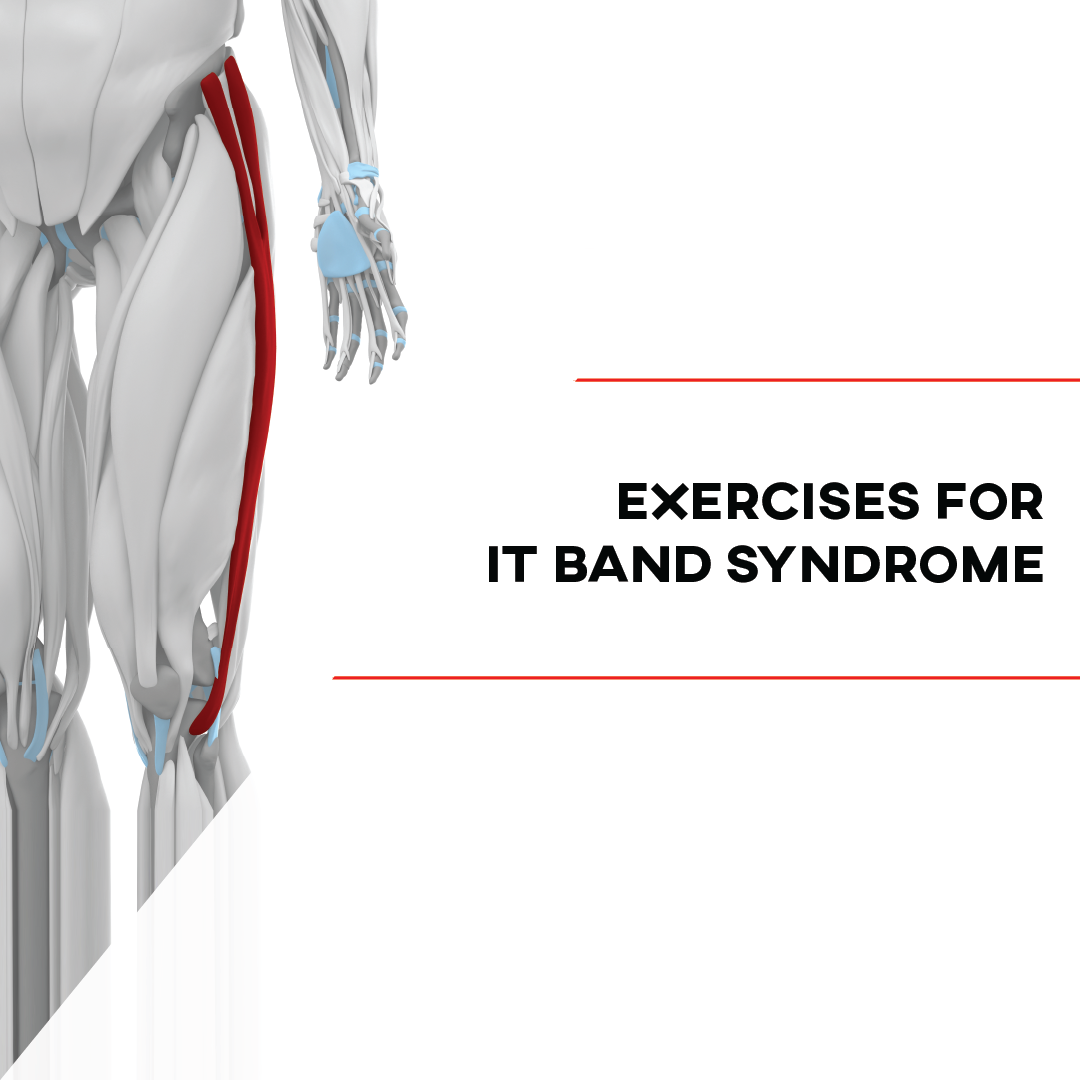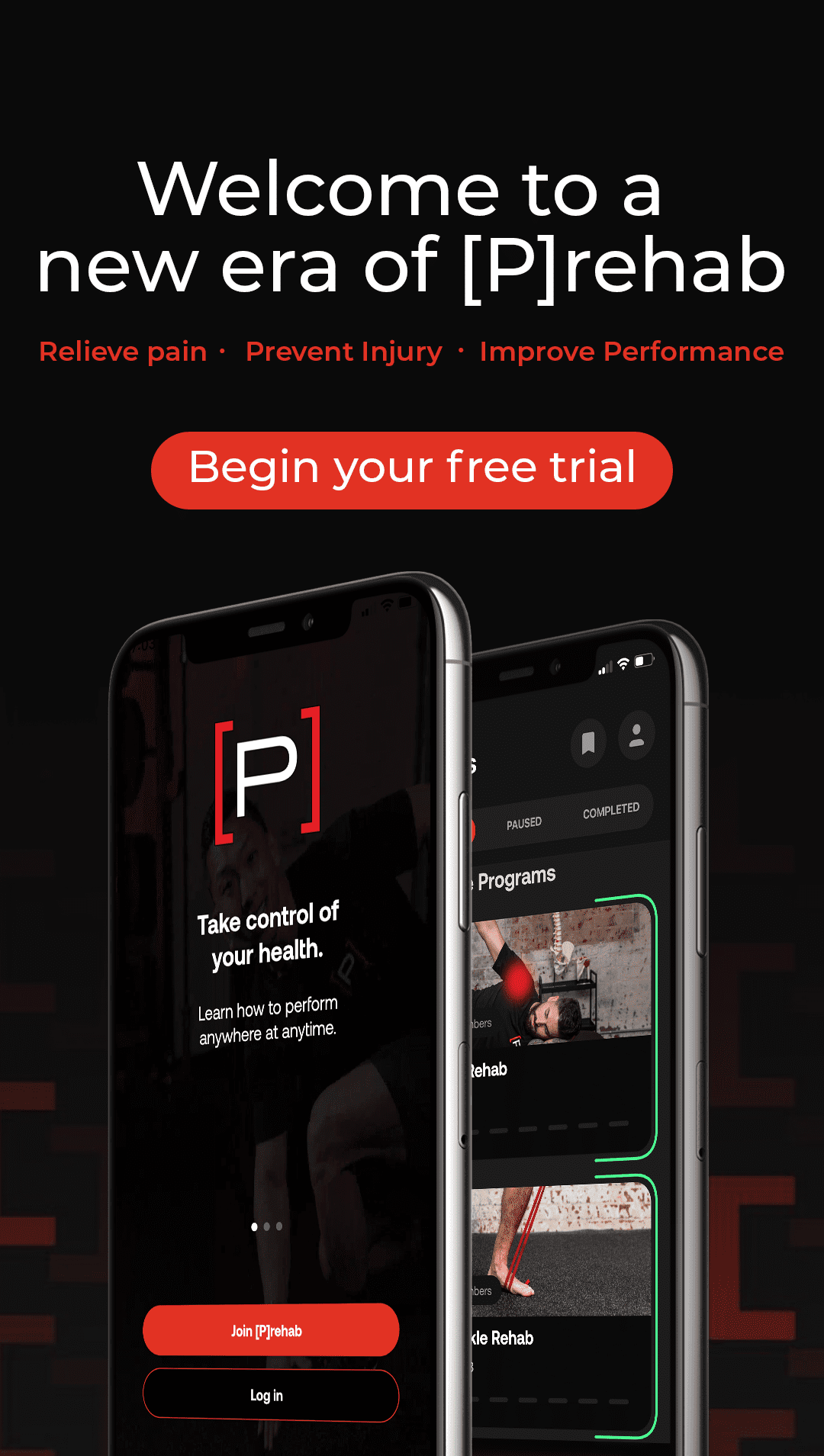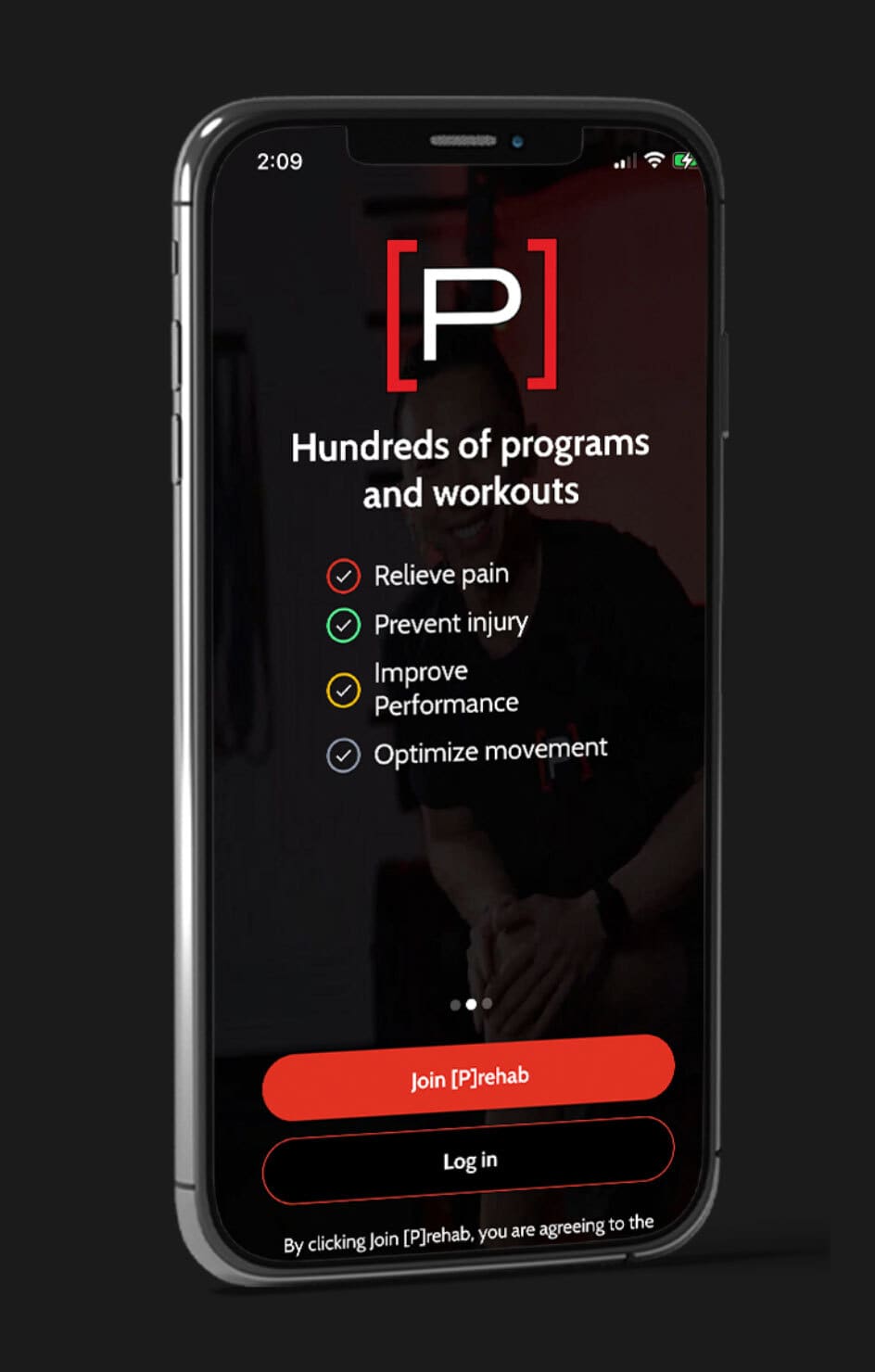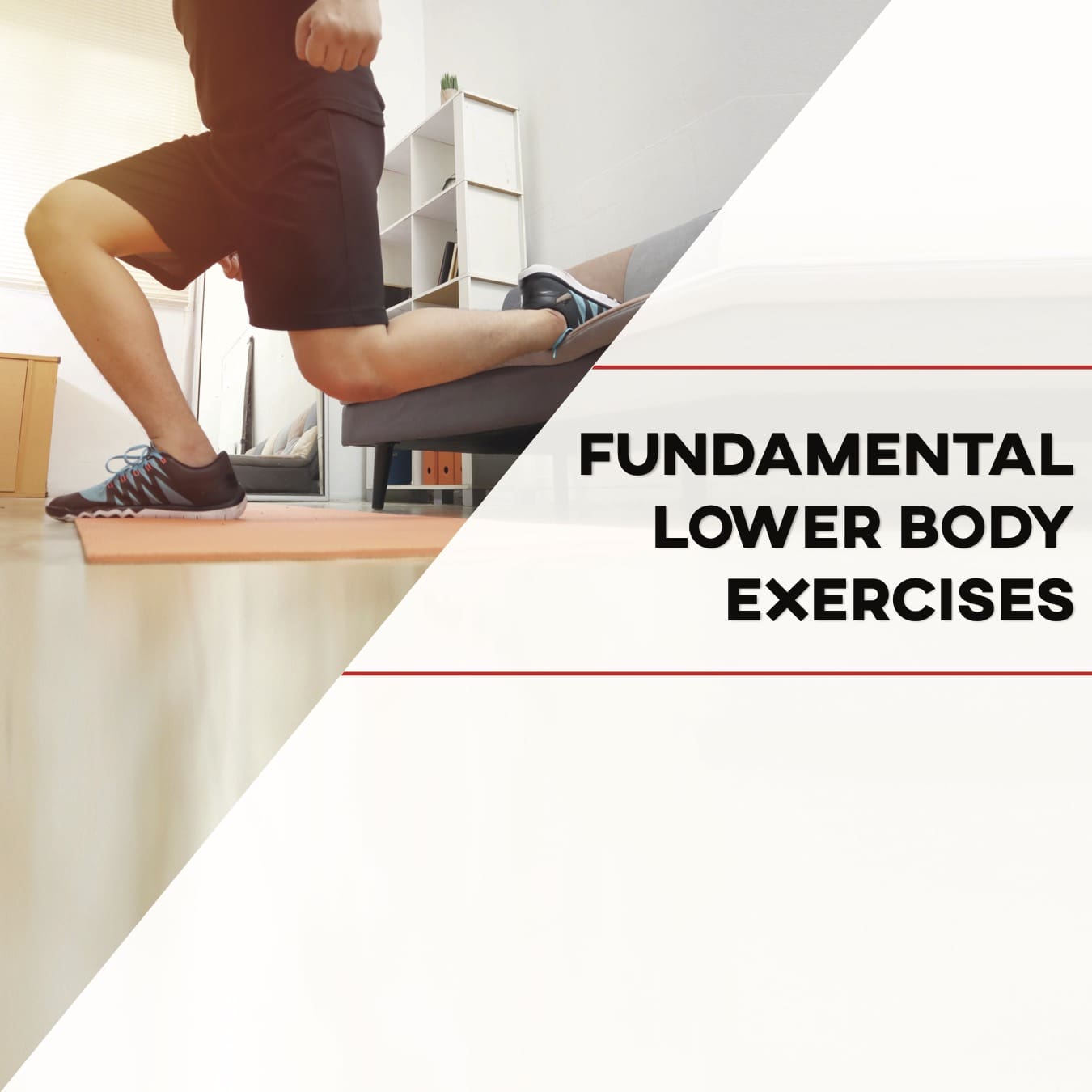
The general population is spending more and more time in sedentary jobs/positions, sitting down hunched over a computer desk for hours on end. This is leading to adaptive changes that are not in favor of our posterior chain musculature.! The hamstrings and gluteus muscles are the body’s primary movers, in addition to giving great aesthetics. Therefore, this article will focus on the posterior chain by opening the front of the body whilst strengthening the back of the body. Weight training can be such an efficient and versatile training modality, as you can use it to increase strength, build lean muscle, enhance the power to weight ratio, activate key stabilizers, and improve dynamic mobility. This article will show you the absolute best lower body exercises!
The Romanian Deadlift
What is a hip hinge? Why is it important? Well…you’re in luck! The Romanian deadlift is one of the best lower body exercises that will show you not only how to hip hinge, but why it is a crucial movement for you to master. The Romanian Deadlift is an excellent posterior chain exercise instrumental in promoting the hinge pattern of the hips (check out here for a good hip hinge cue). The Romanian Deadlift engages the hamstrings, glutes, and lower back muscles (Frounfelter, 2000; Mayer et al., 2008; Piper, 2001; Sheppard, 2003).
While similar, there are some subtle differences between the Romanian deadlift and the traditional deadlift. The deadlift is classified as a hip hinge movement – meaning it primarily involves movement around the hip joint from a flexed position to an extended position. Breaking it down, even more, we can classify the deadlift as a vertical hip hinge movement vs a horizontal hip hinge movement like a hip thrust. The primary differences between the Romanian deadlift and the traditional deadlift are as follows:
- The Romanian deadlift starts in the standing position and begins with the eccentric (lowering) motion; whereas the traditional deadlift starts from the floor and begins with the concentric (rising) motion
- While both hip hinge movements, the Romanian deadlift involves more of an emphasis on a hinging around the hips while maintaining a slight flex in the knee the entire time; whereas the traditional deadlift hinges around both the hips and the knees
- The Romanian deadlift is usually cued with pulling from the hips through the heel and feeling a stretch in the hamstrings; whereas the traditional deadlift is usually cued as a push off from the ground through a full foot with the knees
- While hitting the same muscles groups, the Romanian deadlift will elicit greater levels of glute and hamstring activation; whereas the traditional deadlift elicits greater levels of quadriceps activation
Both variations, including the Romanian and traditional deadlift, should be learned and trained for optimal performance!
Maximize Your Lower Body Performance
How about the character coach Herb Brooks of the USA Men’s Miracle Hockey Olympic team created?!? In training, he once stated, “the legs feed the wolf.” That’s what this program is all about! Landing mechanics from jumping are focused on first along with power via medicine ball slam exercises. If training power, strength is also a must. You dive into our favorite lunge, squat, thrust, and deadlift variations. Lastly, to “fully feed the wolf” cardio and mobility are needed and don’t worry, it is included! Click HERE to get started.
Romanian Deadlift – Barbell
Sample Lower Extremity 1 Performance Program
- HOW: Position a barbell in front of you on the ground over the middle of your feet. Find your “power stance” with your feet roughly shoulder width apart. Hinge forward at the waist, grip the bar slightly wider than your knees, keep some tension in your legs with your knees slightly bent, squeeze your shoulder blades back, push into the ground with your feet and lift the bar up to your waist, always keeping a small bend in your knees.
- FEEL: You should feel your lower body muscles working as well as your glutes and back.
- COMPENSATION: Keep your back flat, don’t arch it. Control the weight going up and down.
Need Help Setting Up and Executing The Hip Thrust?
Progress To Single Leg RDL!
The single leg Romanian deadlift is one of the best ways to functionally target the hamstrings. While many might associate hamstring exercises with the leg curl machine (which definitely does target the hamstrings), the hamstrings also originate at the hip, meaning hip extension movements also target the hamstrings. Why is this significant? Because throughout normal everyday movements, it is actually hip extension, and not knee flexion, that plays a dominant role in movement and developing power in a host of activities, like walking, running, and biking! It is also important to train the hamstrings proximally and distally to help with hamstring strain prevention, thus hip hinge biased exercises will really target the proximal hamstrings!
Unlike a normal Romanian deadlift, the single leg Romanian deadlift adds a component of balance to the exercise. Simply by standing on one leg, you are challenging your static balance, which is comprised of 3 separate sensory systems, including vision, somatosensory (proprioception, touch, pressure, vibration, muscle stretch), and vestibular (equilibrium). By incorporating the movement of a single leg Romanian deadlift, you are now additionally challenging your dynamic balance. Exercises that challenge your dynamic balance are more functional and, for the most part, recommended over static balance exercises once someone is able to easily stand on one leg. While you can work on your balance in MANY ways, one of the most time-saving ways is to simply perform single leg exercises, like the single leg Romanian deadlift! The addition of an external load like a kettlebell makes for a whole new challenge, as in the two variations below. Balance is by far the hardest part of mastering the single leg Romanian deadlift – we’ll cover how to work on this in a bit!
If you want to learn more about how to master the single leg RDL, read this article!
Single Leg RDL – Contralateral Kettlebell
- HOW: Get a weight set up in one hand and pick your foot up off the ground that is on the same side as the weight. Keeping your shoulder packed while gripping the weight tight, slowly lower the weight straight down to the ground by hinging at your hip while keeping your back straight. Return to the standing position and repeat.
- FEEL: You should feel your hamstrings and glutes working very hard to control the lowering phase and initiate the return to the standing phase. You should also feel your core working hard to keep your low back in a good position and not arching or rounding.
- COMPENSATION: Be sure to keep your back straight by keeping your core tight. Also, do not let your pelvis/hips rotate excessively. Think if you were wearing a belt buckle – keep the belt buckle facing forward and not rotating or tilting. Also, be sure to focus on keeping your balance and not leaning too much side to side.
The Lateral Lunge
In regards to the best fundamental lower body exercises, this movement is sometimes forgotten about. It’s really important to include exercises in your training that address all the planes of movement. We spend so much time traveling in a straight line forwards and backward (sagittal plane), that we forget how important a change of direction is. A lateral lunge is an excellent single-leg, frontal plane movement (moving side to side), that strengthens the glutes, quadriceps, and hamstrings, all while lengthening the adductors (inner thighs) of the straight or stationary leg. The gluteus medius has been shown to be a key muscle in controlling the frontal plane motion of the pelvis/hip complex. The glute med stabilizes the hip during unilateral stance to prevent the pelvis from dropping and has also been proven to control femur internal rotation during closed chain activities. Weakness of this muscle has been associated with lower back pain, patellofemoral pain syndrome, and Iliotibial band syndrome. Check out this video to learn more about lunge variations! You also can read this article to learn the best exercises for the glute med!
Lateral Lunge
- Start with your feet together.
- Take a large step to the side turning the foot out slightly and pushing the hips back as if you were to perform a single leg squat.
- Make sure the weight is in the heels and the hip, knee, and 2nd and 3rd toes are in alignment. Stay as upright as you can throughout.
- Push off your heel to return to the starting position and alternate legs.
- You can do this exercise with your own body weight or with a loading progression of a front-loaded kettlebell, dumbbells, back-loaded barbell, front-loaded barbell.
Note – Take this movement easy at first. It is easy to pull the deep hamstrings if they are excessively tight. Range of motion is far more important than load here, therefore use your lunge depth as a tool to progress before implementing a weight.
The Back Squat
The back squat is absolute, hands down one of the best fundamental lower body exercises. Squatting is not only an exercise that can be quite physically demanding, but it is also a prerequisite to healthy human movement. In order to hit and break personal records or just make your life easier on a daily basis, you want your squat to be easy and effortless!
Back Squat – High Bar, Barbell
READ: SQUAT WARM UP FUNDAMENTALS
The Hip Thrust
Moving on to the next best fundamental lower body exercise: The Hip Thrust. This is the premier glute-building movement. The gluteus maximus is a strong and big muscle important in pelvic and spinal stabilization. This muscle allows us to maintain upright as needed for bipedalism (1). However, the glute muscles gradually lose tone during our chain-laden lifestyle. The term “gluteal amnesia” and “sleeping giant” refer to the inhibition and delayed activation of the gluteal muscles which lead to weakness here and is a root cause of many injuries and chronic pain. (2) Here is a way to prevent weakness in the glutes with an added bonus of the hip flexors to be stretched and end range of the thrust.
Hip Thrust – Barbell
Sample Lower Extremity 1 Performance Program
- HOW: Start by leaning back with the bottom of your shoulder blade on the edge of a bench or step. Pad the barbell over your groin region. Bring your feet flat on the ground bending your knees to around 90 degrees of flexion. Draw your core in, tuck your chin down, and push into the ground with your feet driving your hips up against the resistance of the barbell. Squeeze your glutes at the top position and repeat.
- FEEL: You should feel the muscles in your core, glutes, and hamstrings working.
- COMPENSATION: Don’t bend your knees to close too much or not enough, keep a 90-degree bend in them. Keep your chin tucked down, don’t look up and back as you thrust up. Don’t let the barbell move, keep it positioned over your groin region.
LISTEN: TALKING GLUTES WITH BRET CONTRERAS
When the barbell hip thrust was compared to the back squat on an estimated 10 RM, it was shown to have greater Gluteus Maximus (both upper and lower fibers) and Biceps Femoris EMG activity, however no significant difference in Vastus Lateralis EMG activity. (3)
The Bulgarian Split Squat
The Bulgarian split squat exercise is another one of the best fundamental lower body exercises, which is specifically great for developing single leg strength and stability. At the bottom position of this movement, you are strengthening the glutes, hamstrings, and quadriceps of the front leg while lengthening the hip flexors and quads in the back leg. You can learn more about the Bulgarian split squat in this article!
Dumbbell Bulgarian Split Squat
- Set yourself up so that your hips are level and pointing straight forward.
- One foot is set up in the forward position directly under the knee, with the other foot resting on the bench behind you with the weight across the shoelaces.
- Bend the front leg so that the back knee drops down to lightly touch the ground, keeping the weight on the front heel and maintaining hip, knee, and 2nd and 3rd toe alignment throughout.
- Drive-up through the front heel back to the starting position.
- Keep a slight forward lean throughout to emphasize the engagement of the glutes while avoiding hyperextension in the lower back.
- You can do this exercise with just your own body weight. The loading progression would be dumbbells, barbells across the back, and front-loaded. You can also progress it by elevating the front foot thereby increasing the range of motion demands.
Note – If you want to emphasize the stretching aspect of the back leg, stay more upright and focus on really driving the pelvis forward and underneath you. For additional length, you can hold a weight plate overhead. There has been shown to be more Gluteus Medius and hamstring activation in unilateral squats as opposed to a more active quadriceps during bilateral squats.
Closing Thoughts
In this article, we have highlighted some of the best fundamental lower body exercises which include:
- Romanian deadlift
- Single leg RDL
- Back Squat
- Lateral Lunge
- Hip Thrust
Prepare Yourself For Any Lower Body Exercise
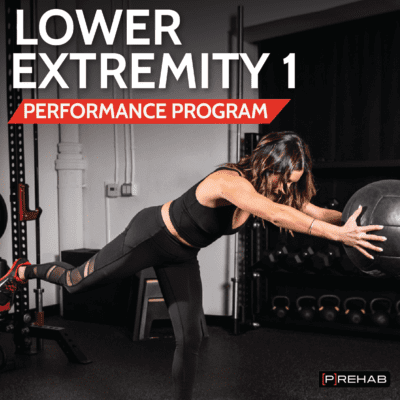 As a society, we tend to fetishize outcomes. When it comes to performance, what’s the outcome? Are you only using what’s on the scorecard or other factors to let you know of your accomplishments? It’s not all about the score at the end of the game it’s about effort, taking care of weaknesses, and getting closer to your goal without compromising your character. Maximize your lower body resilience within this program.
As a society, we tend to fetishize outcomes. When it comes to performance, what’s the outcome? Are you only using what’s on the scorecard or other factors to let you know of your accomplishments? It’s not all about the score at the end of the game it’s about effort, taking care of weaknesses, and getting closer to your goal without compromising your character. Maximize your lower body resilience within this program.
REFERENCES
1. Marzke Et al. : Gluteus maximus muscle function and the origin of hominid bipedality.
2. Sahrmann, Diagnosis and treatment of movement impairment syndromes, Mosby, 2002.
3. A Comparison of Gluteus Maximus, Biceps Femoris, and Vastus Lateralis Electromyographic Activity in the Back Squat and Barbell Hip Thrust Exercises by: Contreras at al.
4. Distefano LJ, Blackburn JT, Marshall SW, et al. Gluteal muscle activation during common therapeutic exercises. J Orthop Sports Phys There. 2009; 39: 532–540.
5. Ekstrom R, Donatelli R, Carp K. Electromyographic analysis of core trunk, hip, and thigh muscles during 9 rehabilitation exercises. J Orthop Sports Phys Therapy. 2007; 37: 754.
6. McCurdy K, O’Kelley E, Kutz M, Langford G, et al. Comparison of lower extremity EMG between the 2-leg squat and modified single-leg squat in female athletes. J Sport Rehabil. 2010; 19: 57–70.
About The Author
Arash Maghsoodi, PT, DPT, CSCS
[P]rehab Co-Founder & Chief Marketing Officer





